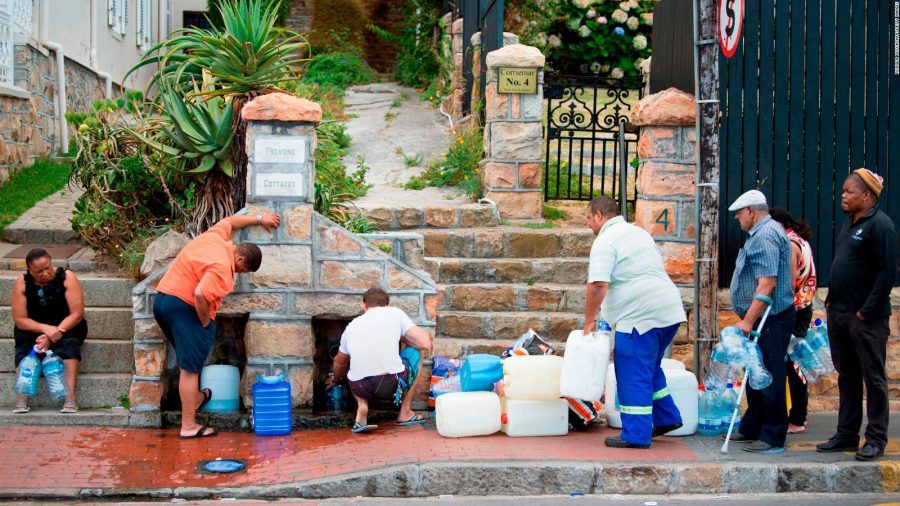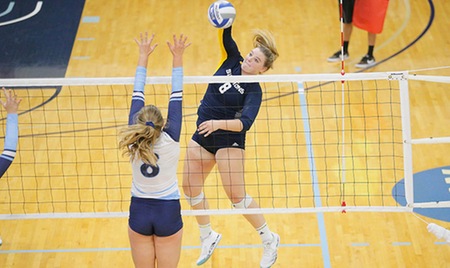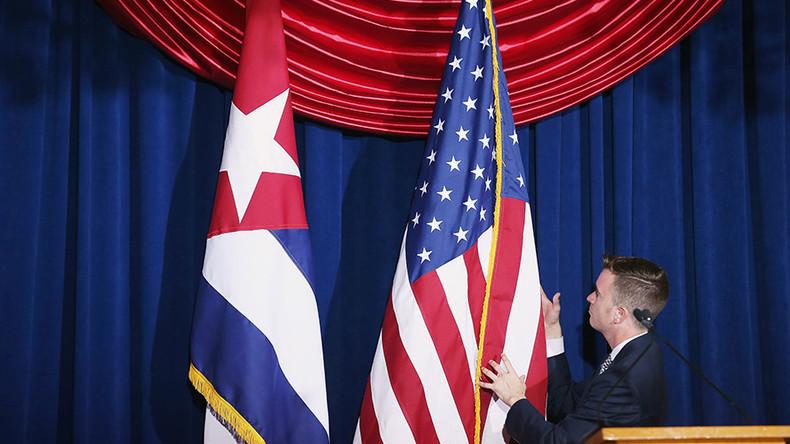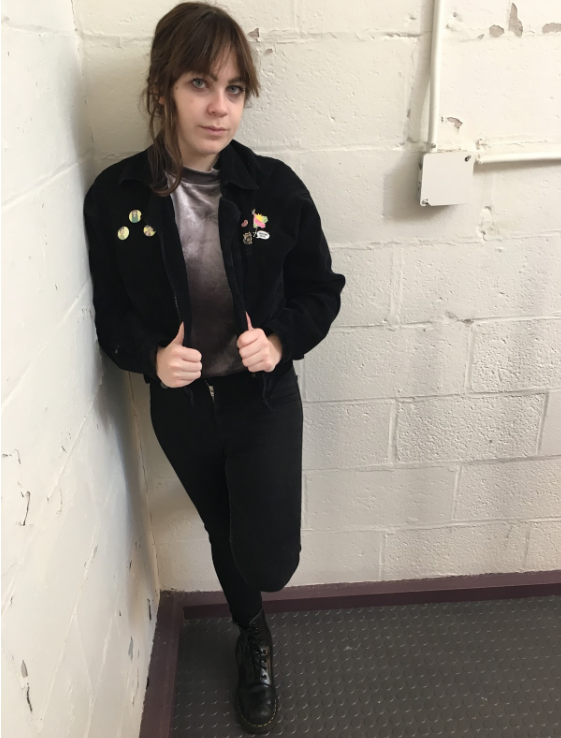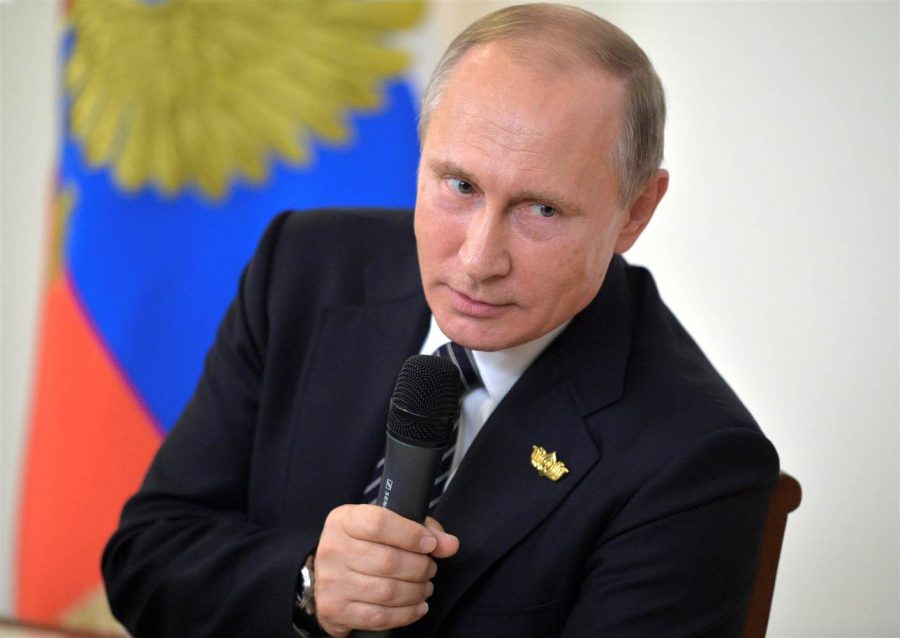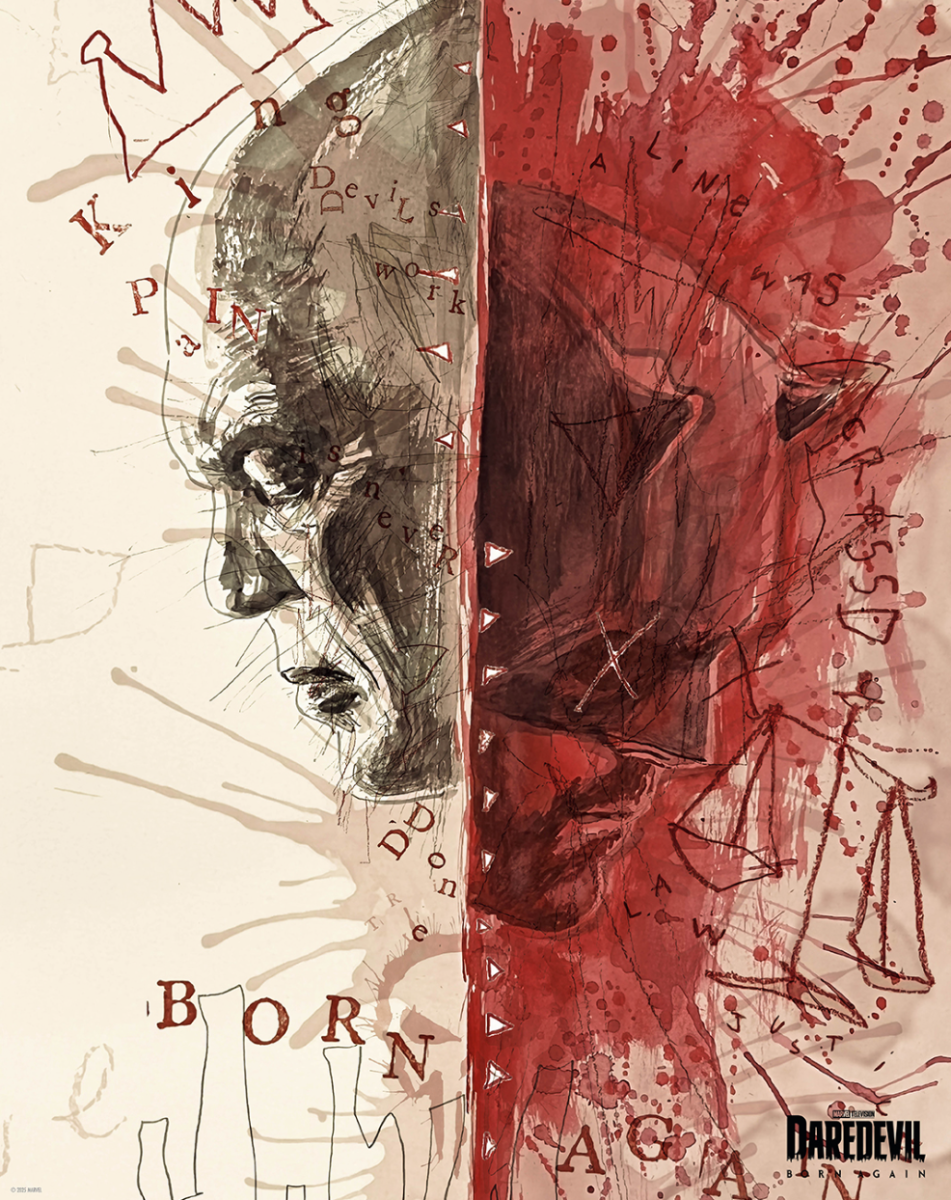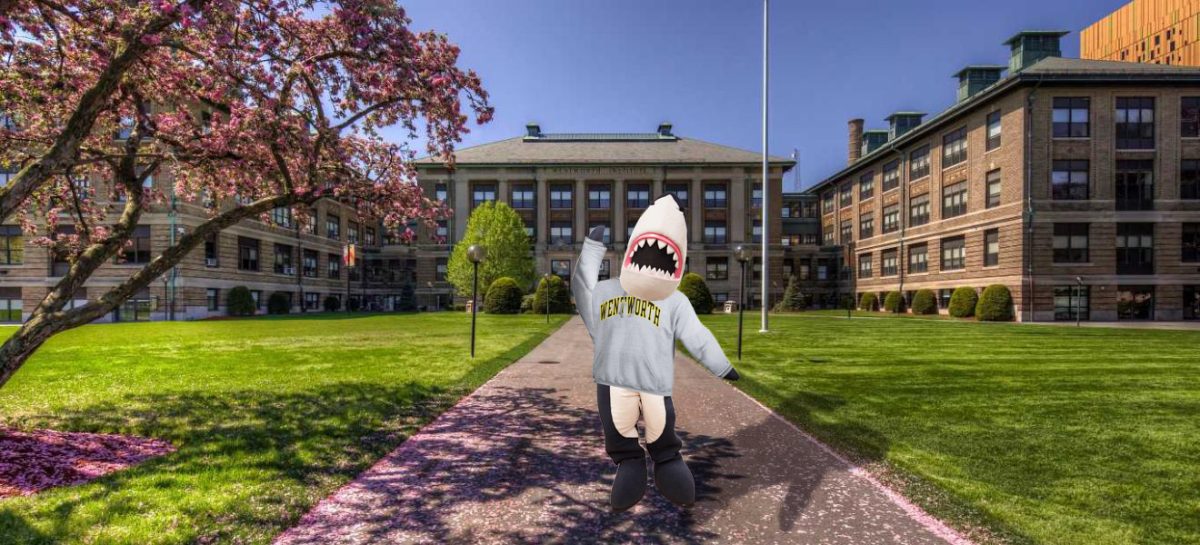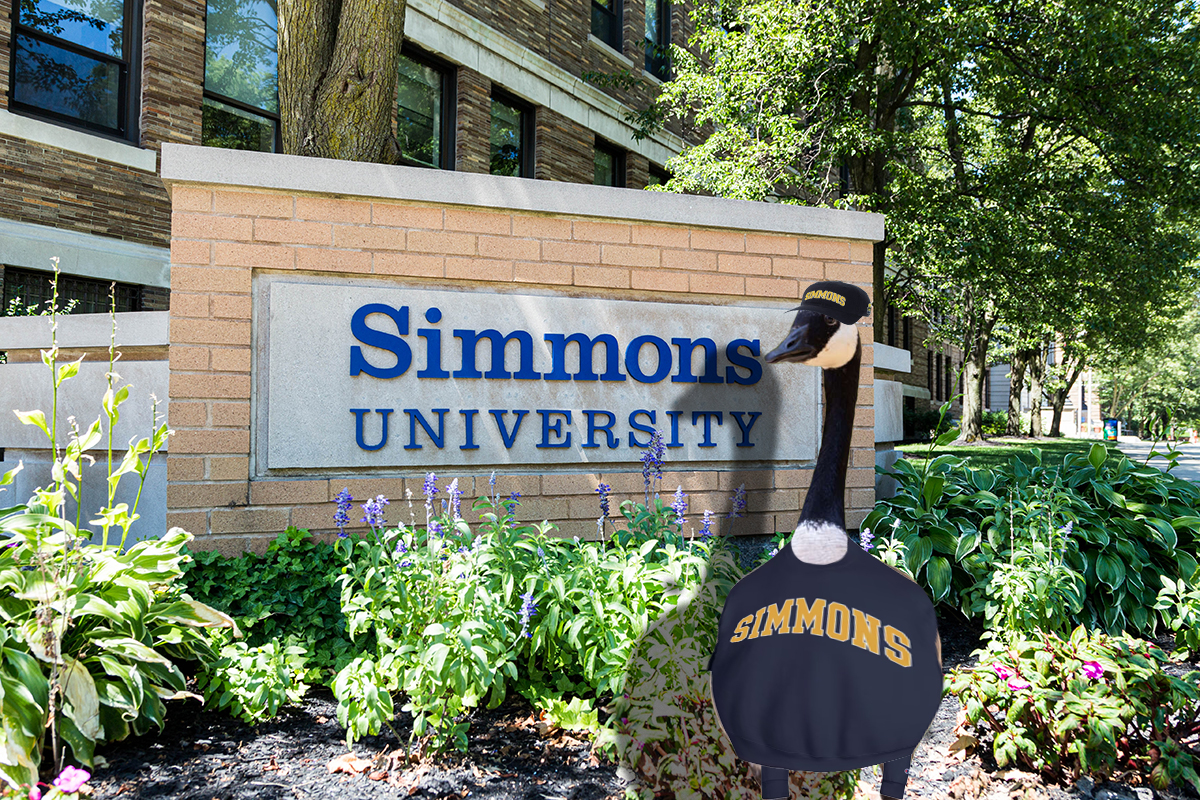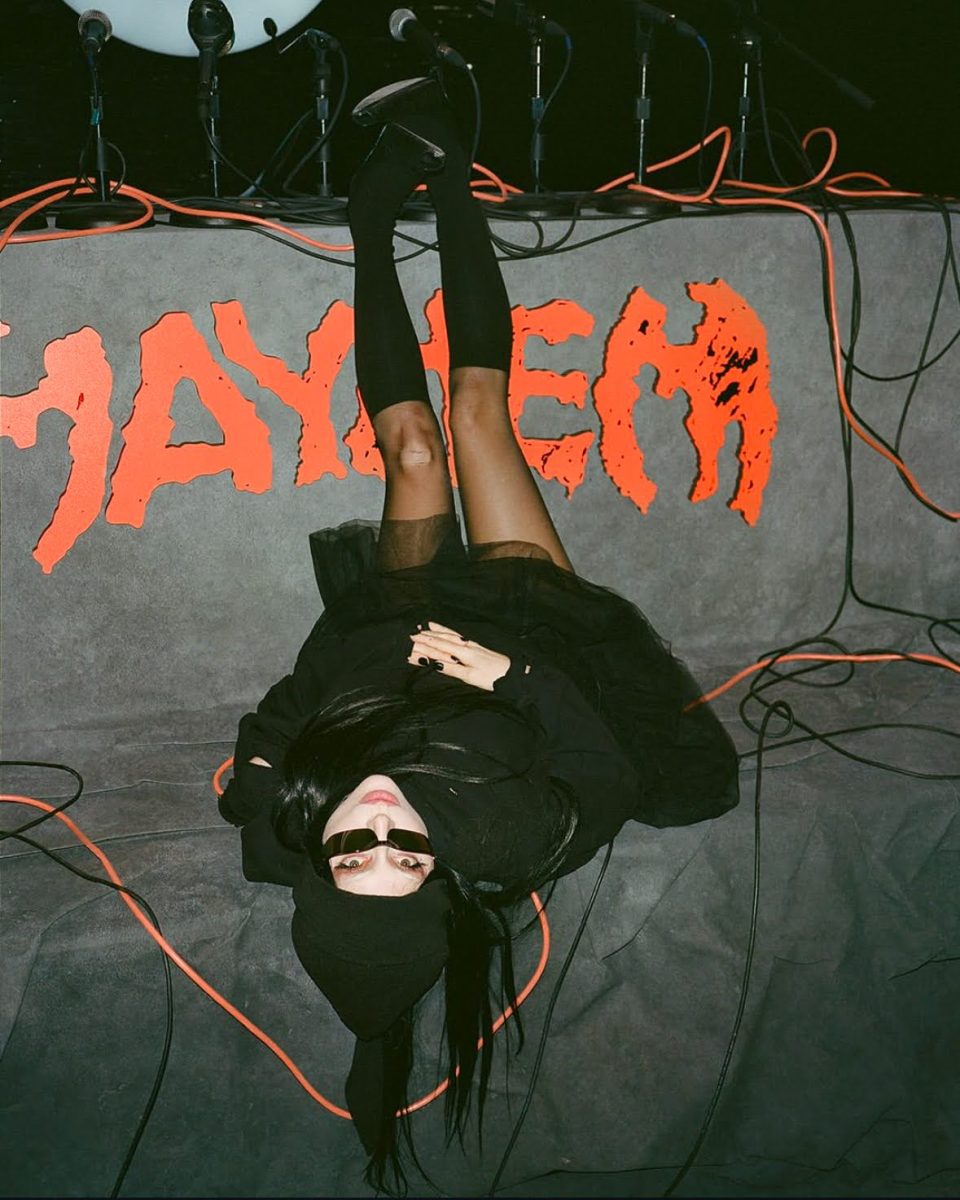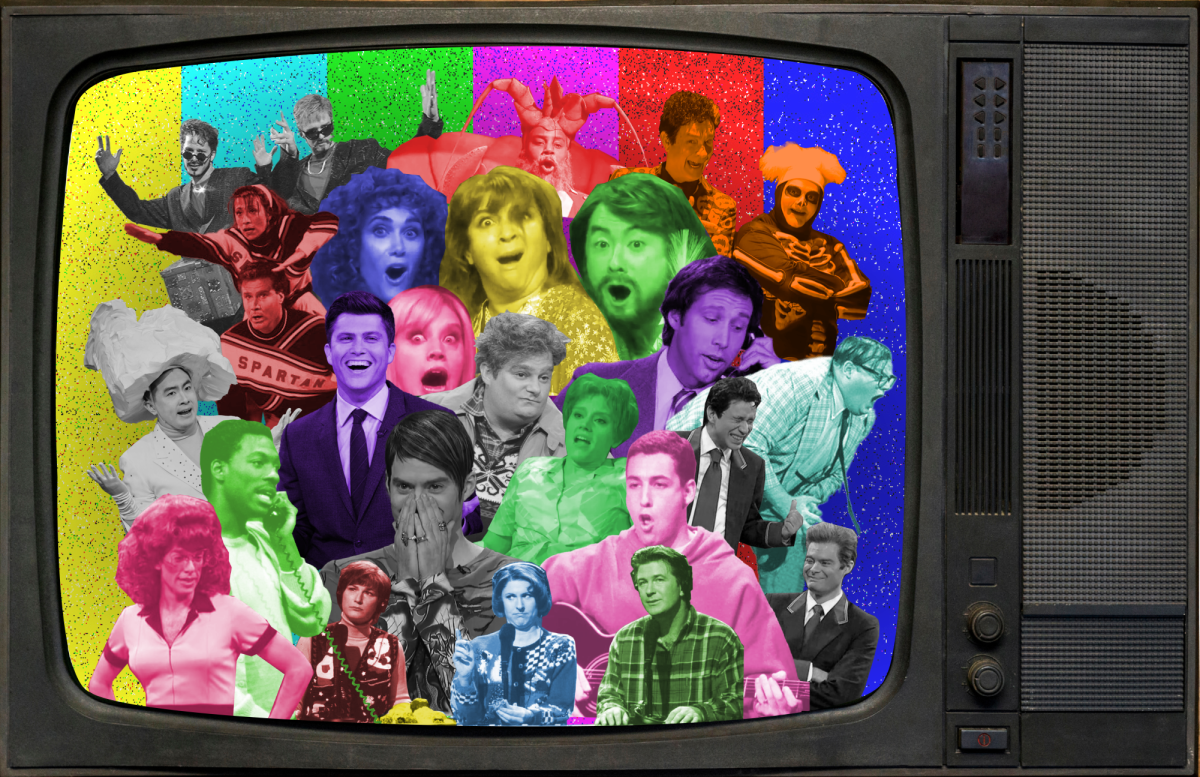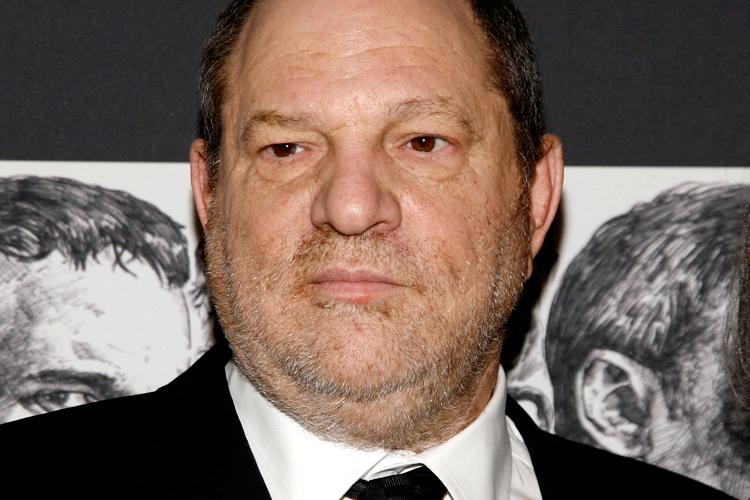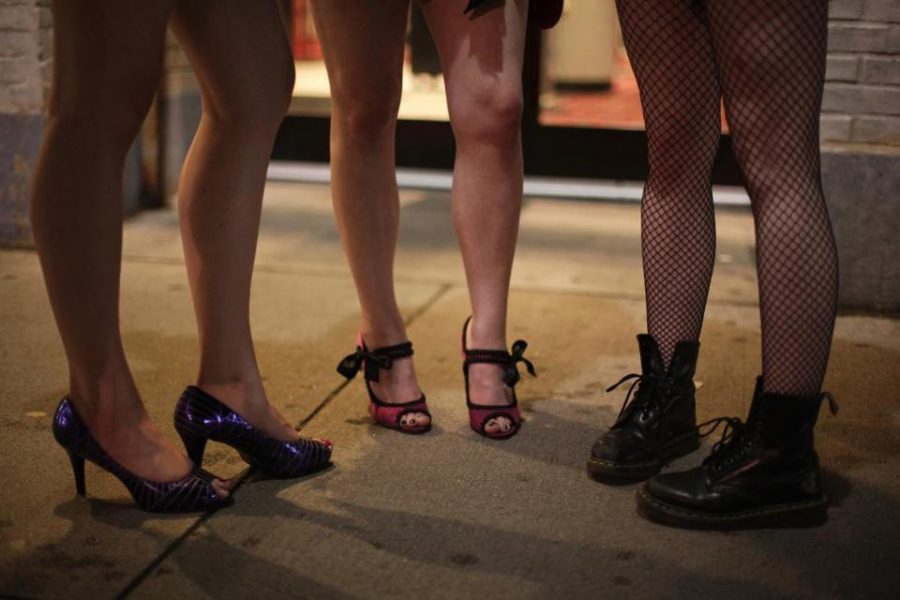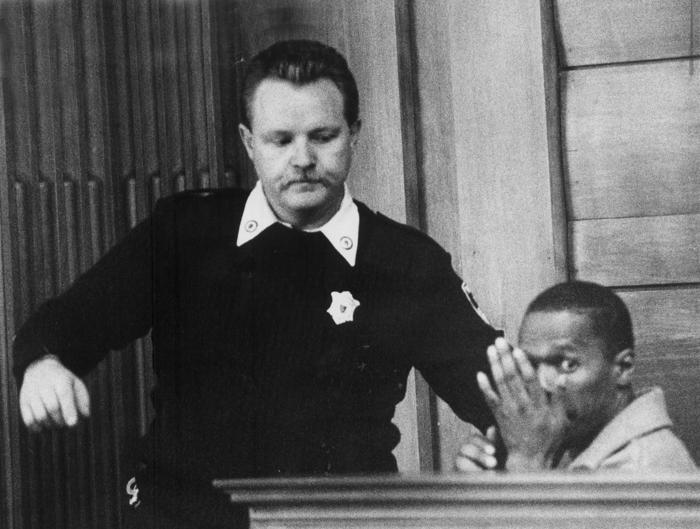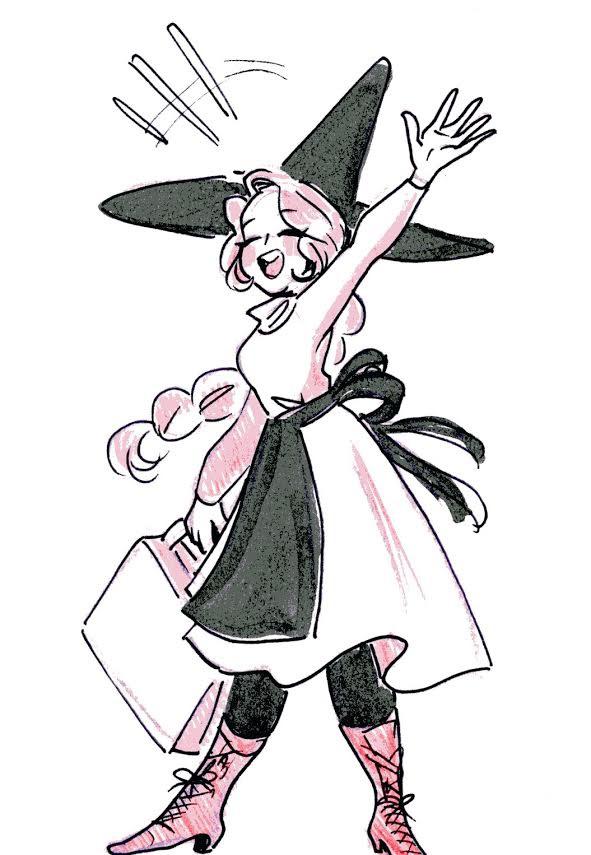By Katie Sittig-Boyd
Staff Writer

This past weekend, The Theater Offensive hosted “The Missing Generation: Voices from the Early AIDS Epidemic” by Sean Dorsey. The show focuses on the impact of the AIDS outbreak on the survivors of the ’80s and ’90s, weaving interpretive dance, theater, interviews with HIV/AIDS survivors, and musical compositions into a narrative that is expressive, emotional, and incredibly powerful.
“The Missing Generation” is meant to focus on the stories of longtime survivors of the early AIDS pandemic, particularly, as Dorsey writes in the program, because “during [our] lifetime, we will see the passing of the last survivors who experienced the early AIDS epidemic first-hand. We must capture and share and preserve these stories and histories before they are gone forever.”
Dorsey conducted over two dozen interviews with AIDS-era survivors for this project, and recordings of those interviews are overlaid with the score, providing a narrative for the performance in addition to its choreography and musical compositions.
Set to music composed by Dr. Alex Kelly, Jesse Olsen Bay, Ben Kessler, and Jeffrey Alphonsus Mooney, “The Missing Generation” opens with a musical piece sharp with strings, defying the line between poignant and too much to bear.
“The Missing Generation” features four dancers: Sean Dorsey, who additionally choreographed the dances in the show; Brian Fisher; ArVejon Jones; and Nol Simonse. Although they primarily convey the narrative through dance, the performance features a spoken segment in which the dancers develop the setting of the piece, concretizing it in time.
The beginning of the performance puts the spotlight on each performer individually before intertwining the four of them on stage, representing an elaborate yet tentative way of meeting: a parallel to many gay and trans individuals in the early years of what the performance calls “The Great Rainbow Migration.”
At first, the narrative is reminiscent, excited, jaunty, and the dancers’ movements match accordingly; With an explosive series of staccato jumps and upbeat music, the narrators and, briefly, the performers, recount the exhilaration of the 1970s and the proliferation of gay and transgender people in cities: the community these people now shared when so many had lived closeted lives before.
But, as the narrative shifts from a vibrant exploration and discovery of other gay and trans people to the continuous and inescapable realization that people are getting sick and dying, the score changes to serve as a somber, haunting backdrop to the dancers’ graver movements.
As the dancers depict the sheer desperation of those days, the narrator emphasizes the bleakness of the situation: “If we didn’t take care of each other, there was no one who was going to do it.”
One of the early voice recordings is a narrative that proves thematic throughout the entirety of the performance, which is that we, as bystanders, are forever characterized by “our inexhaustible capacity to look away.”
“The Missing Generation” challenges us to do otherwise: to focus our attention on the survivors, their experiences, and the overwhelming impact of the AIDS pandemic on LGBT history.



